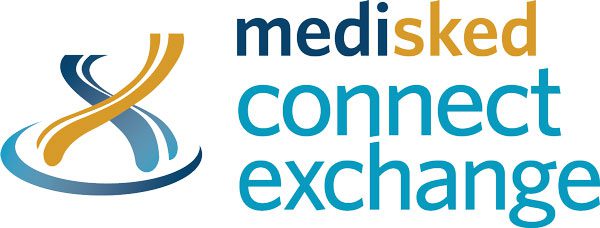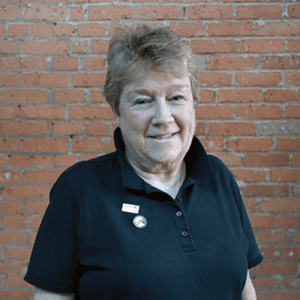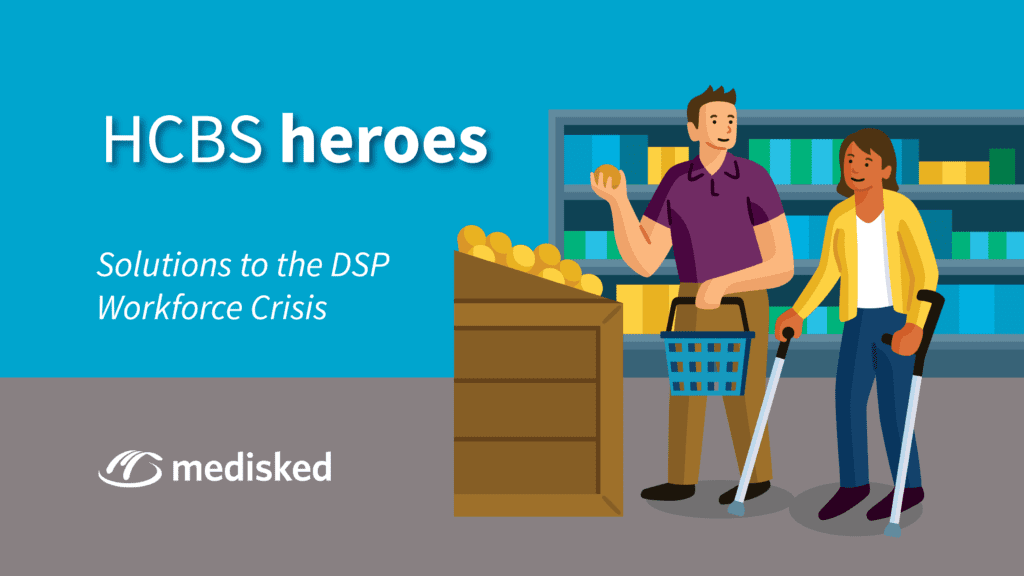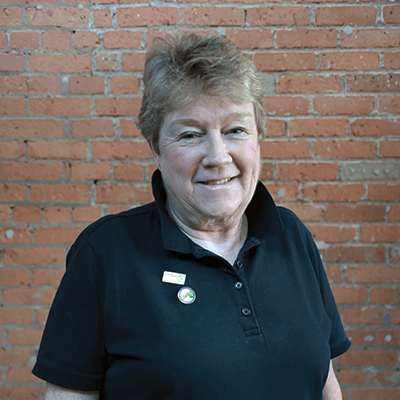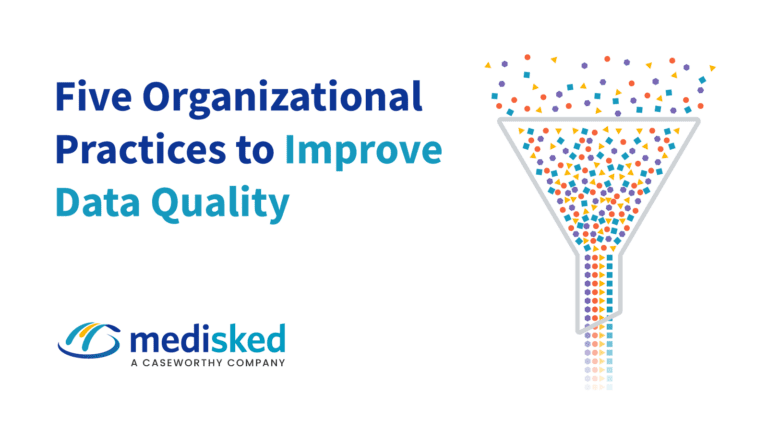MediSked is grateful to have an Advisor Council of talented professionals who are steeped in the health and human services industry to provide strategic guidance, recommendations, and direction for the company. In this insight, MediSked Advisor Kathy Brown, BA RN CDDN discusses the direct support professional (DSP) staffing crisis and policy solutions to address it.
The DSP Workforce Crisis
As wages increase across retail and food service jobs, provider agencies in the home and community-based services (HCBS) field continue to lose employees to other minimum wage jobs. Every day I read about salaries going up—today it was Target, who now pays $15-$24 per hour to check people out and stock shelves. They’ve even lowered the number of hours required for employees to qualify for tuition reimbursement and health coverage.
As the minimum wage increases in all industries, the health and human services field is struggling to keep up, finding it difficult to pay direct support professionals (DSPs) more than the minimum wage. In all 50 states and DC, the direct care worker median wage is lower than the median wage for other occupations with similar entry-level requirements, such as janitors, retail salespersons, and customer service representatives.[1] This means that someone can get paid more to work more stable and reliable hours at Target than providing direct care to individuals in need.
The health and human services field relies completely on DSPs to ensure that individuals can live in the least restrictive setting and lead a fulfilling life. We must do a better job of valuing human lives – those of DSPs and therefore of individuals with intellectual and/or developmental disabilities (IDD).
Throughout the pandemic, we’ve given praise to the heroes working in hospitals, as we should’ve been all along. But what about the IDD heroes – the nurses, DSPs, and administrators all over the country who have spent the past two years risking their lives to keep individuals safe?
I’m talking about the people who have lived in group homes for months, leaving their families to care for people who may not have any family. Nurses take risks every day, making sure that individuals have the medicine and medical care that they need to survive. Administrations have pulled resources from everywhere to keep individuals safe. Those are the heroes of this pandemic, and it’s time that we give them the recognition they deserve.
Solutions to Strengthen HCBS
In recognition of the severity of the DSP workforce crisis as well as the importance of transitioning to HCBS for Medicaid recipients, the Biden Administration has begun implementing significant legislation to bolster HCBS delivery, including the Provider Relief Fund authorized in the CARES Act (2020), the American Rescue Plan Act (2021), and the Build Back Better proposal (2021-2022).
Still, legislators at the federal and state level have much more work to do to defeat the DSP workforce crisis, primarily ensuring appropriate funding, including but not limited to the passage of the HCBS-specific provisions of Build Back Better which includes a minimum of $150 billion and ideally as much as $400 billion in funding.[2]
Beyond the obvious issue of federal funding, the Case for Inclusion 2022: Blazing Trails to Sustainability for Community Disability Services report outlines the need for the U.S. Bureau of Labor Statistics (BLS) to establish a Standard Occupational Classification (SOC) for DSPs:
“Currently, BLS classifies DSPs in the broader occupation of personal care attendants and home health aides. However, the highly specialized nature of DSPs’ work makes their duties more diverse and requires different sets of skills than those held by DSPs’ counterparts in adjacent professions. The absence of a SOC situating DSPs in a distinct profession also enables states to keep DSP wages low by using extant data about these other professions to justify depressed reimbursement rates.”
The Case for Inclusion 2022: Blazing Trails to Sustainability for Community Disability Services
DSPs are a diverse workforce composed of 87% women and 60% people of color.[3] In a study of 889 employees in the United States, 57% of white women and 62% of women of color said they were unlikely to think of leaving their companies when they felt their life circumstances were respected and valued. When they didn’t feel that level of value or respect for their life circumstances, only 14% and 30% of white women and women of color respectively said they were unlikely to consider leaving.
Beyond legislation and the increase in wages, we as a society have a responsibility to recognize DSPs as the heroes they are.
[1]https://phinational.org/resource/competitive-disadvantage-direct-care-wages-are-lagging-behind/
[3]https://phinational.org/wp-content/uploads/2018/10/Direct-Support-Workforce-2018-PHI.pdf


